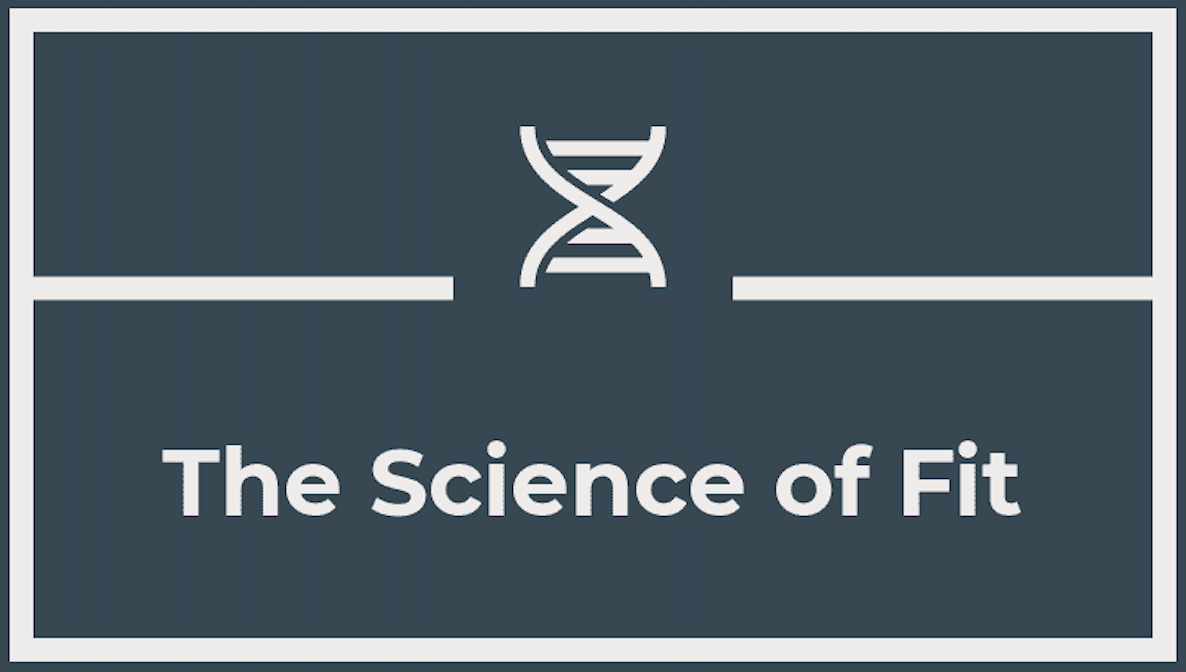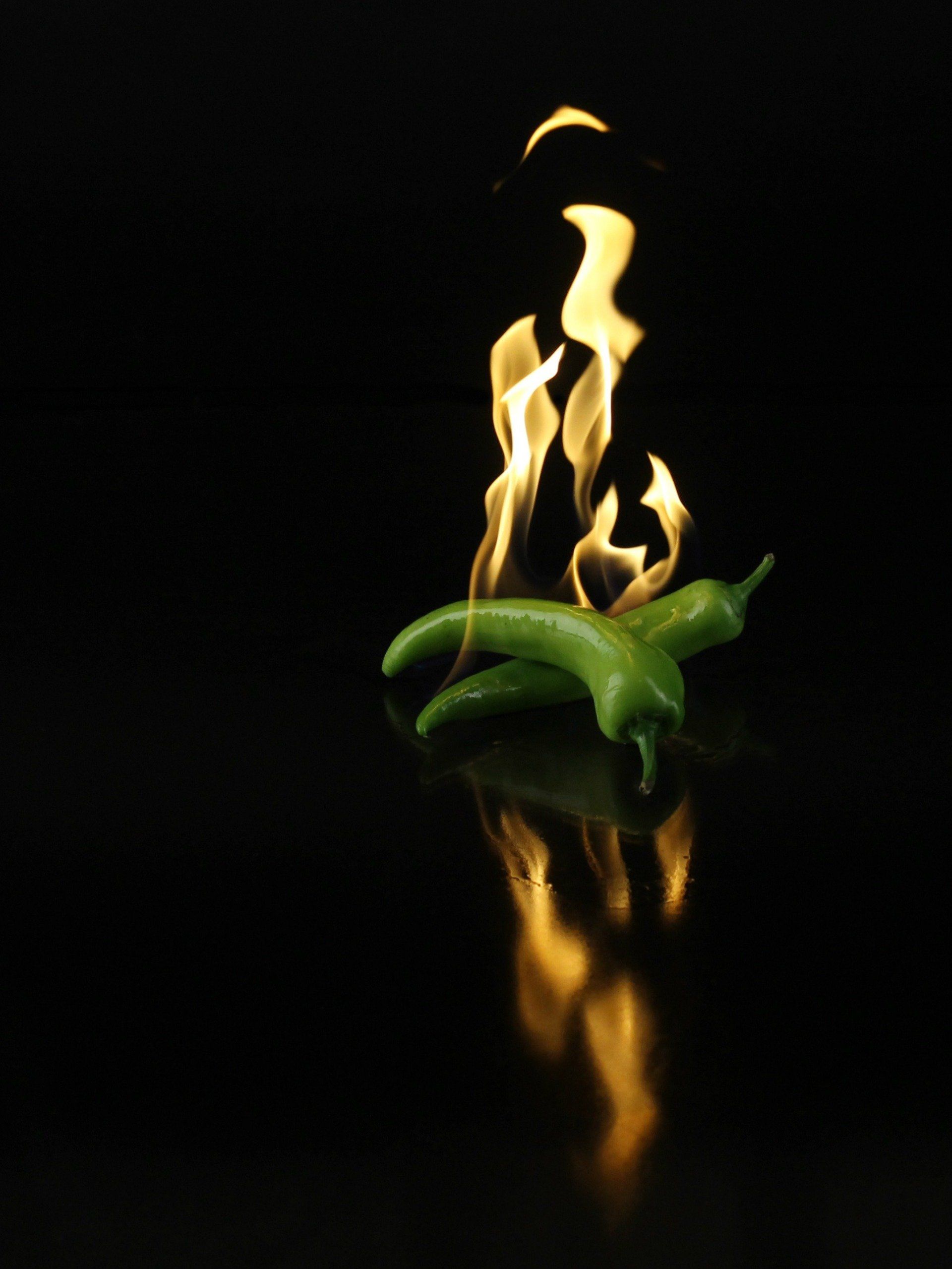Warm Up or Wear Out
Optimizing Performance: A Comprehensive Review of Warm-Up Strategies Across Different Exercises and Sports

Abstract
Warm-up exercises are a critical component of physical activity and athletic performance, aimed at preparing the body for the demands of subsequent exercise. This review discusses various types of warm-ups tailored to different forms of exercise and sports, highlighting the physiological mechanisms behind warming up, the effectiveness of different methods, and their impact on performance and injury prevention. The findings indicate that specific warm-up strategies, including dynamic stretching, sport-specific drills, and metabolic activation, can optimize performance and reduce injury risk across various athletic populations.
1. Introduction
The concept of warming up has long been acknowledged in sports science and exercise physiology as an essential preparation for physical activity. A proper warm-up can enhance performance, increase flexibility, and reduce the risk of injuries. This review aims to explore the best types of warm-ups for various exercises and sports, examining the rationale behind different warm-up strategies and their impact on athletic performance.
2. Physiological Mechanisms of Warm-Ups
Warming up induces several physiological changes in the body, including:
- Increased Muscle Temperature: Warming up elevates muscle temperature, enhancing enzymatic activity and improving muscle contraction efficiency (Fletcher & Jones, 2004).
- Improved Blood Flow: Warm-ups promote vasodilation and increased blood flow to the muscles, enhancing oxygen delivery and nutrient transport (Mazzoccoli et al., 2014).
- Enhanced Neuromuscular Function: Warm-ups activate the nervous system, improving coordination and reaction time (McCrory et al., 2003).
- Increased Range of Motion: Stretching during warm-ups can enhance flexibility, allowing for a greater range of motion in joints and reducing the risk of strains and sprains (Fradkin et al., 2006).
3. Types of Warm-Ups
3.1 General Warm-Ups
General warm-ups aim to increase heart rate and muscle temperature through low-intensity, whole-body movements. Common activities include:
- Aerobic Exercises: Activities such as jogging, cycling, or skipping can be effective for raising body temperature and preparing the cardiovascular system for exercise (Racinais et al., 2015).
- Dynamic Stretching: Dynamic stretches involve controlled movements that mimic the activity to be performed, improving flexibility and joint mobility (Behm et al., 2016).
3.2 Specific Warm-Ups
Specific warm-ups are tailored to the demands of particular sports or exercises. They often include sport-specific drills or movements that activate the muscles used during the activity.
- Sport-Specific Drills: Incorporating movements specific to the sport, such as dribbling in basketball or passing in soccer, can enhance neuromuscular coordination and prepare athletes for competition (Hoff & Helgerud, 2004).
- Metabolic Activation: Activities that mimic the intensity of the upcoming workout can prepare the body metabolically, ensuring that energy systems are primed for action (Cohen et al., 2020).
4. Warm-Up Strategies for Different Exercises and Sports
4.1 Strength Training
Recommended Warm-Up:
- General warm-up (5-10 minutes of light aerobic activity)
- Specific warm-up (2-3 sets of lighter weights, performing the same movements as the intended workout)
Rationale: A combination of general and specific warm-ups prepares the muscles and nervous system for heavy lifts, reducing the risk of injuries such as strains and tears (Häkkinen et al., 1998).
4.2 Endurance Training
Recommended Warm-Up:
- General warm-up (5-10 minutes of light jogging or cycling)
- Dynamic stretches targeting the lower body (e.g., leg swings, high knees)
Rationale: Preparing the cardiovascular system and engaging the lower body muscles enhances endurance performance and reduces the risk of overuse injuries (Bishop, 2003).
4.3 Team Sports (e.g., Soccer, Basketball)
Recommended Warm-Up:
- General warm-up (5-10 minutes of aerobic activity)
- Sport-specific drills (e.g., passing, dribbling, shooting)
Rationale: Engaging in sport-specific activities enhances skill execution and prepares athletes for the game’s physical demands (Faigenbaum et al., 2014).
4.4 Combat Sports (e.g., Boxing, Martial Arts)
Recommended Warm-Up:
- General warm-up (5-10 minutes of shadowboxing or light cardio)
- Dynamic stretching focusing on flexibility and mobility
Rationale: Enhancing flexibility and mobility is crucial for performing techniques effectively while reducing injury risk (Zetou et al., 2015).
4.5 Dance and Gymnastics
Recommended Warm-Up:
- General warm-up (5-10 minutes of low-intensity dance or movement)
- Dynamic stretches (e.g., arm circles, leg swings, lunges)
Rationale: These activities improve flexibility and prepare dancers and gymnasts for the dynamic movements involved in their routines (Matz et al., 2017).
5. Effectiveness of Warm-Up Strategies
5.1 Performance Outcomes
Research has shown that proper warm-up routines can significantly enhance performance. A meta-analysis by Weerapen et al. (2019) indicated that athletes who engaged in dynamic warm-ups showed improved sprint times and agility compared to static stretching protocols.
5.2 Injury Prevention
Numerous studies highlight the role of warm-ups in injury prevention. A study by van Mechelen et al. (1992) found that athletes who performed structured warm-up programs had a significantly lower incidence of injuries compared to those who did not.
6. Conclusion
Warm-ups are a vital component of exercise and athletic performance, significantly impacting performance outcomes and injury prevention. Tailoring warm-up strategies to specific exercises and sports can optimize results and enhance overall physical readiness. Future research should continue to explore the most effective warm-up protocols and their long-term benefits across various athletic populations.
References
1. Behm, D. G., & Chaouachi, A. (2016). A review of the acute effects of static and dynamic stretching on performance measures. European Journal of Applied Physiology, 116(4), 763-779.
2. Bishop, D. (2003). Warm-up II: performance changes following active warm-up and how to structure the warm-up. Sports Medicine, 33(7), 483-498.
3. Cohen, J., & Holschen, C. (2020). Warm-up strategies for athletes: Current research and practical applications. International Journal of Sports Science & Coaching, 15(1), 35-44.
4. Faigenbaum, A. D., et al. (2014). Youth resistance training: the key to injury prevention and performance enhancement. Journal of Strength and Conditioning Research, 28(6), 1632-1642.
5. Fletcher, I., & Jones, B. (2004). The effect of prior muscle activity on the performance of a stretch-shortening cycle exercise. Journal of Sports Sciences, 22(3), 211-218.
6. Fradkin, A. J., et al. (2006). Does warming up prevent injury in sport? The Sports Medicine, 36(7), 733-748.
7. Häkkinen, K., et al. (1998). Muscle strength and power changes during strength training in middle-aged and older men and women. Medicine & Science in Sports & Exercise, 30(8), 1191-1199.
8. Hoff, J., & Helgerud, J. (2004). Endurance and strength training for untrained subjects: The effect of two training methods on performance and muscle cross-sectional area. European Journal of Applied Physiology, 91(5), 484-490.
9. Matz, A. J., et al. (2017). The impact of a dynamic warm-up on athletic performance: A review of the literature. International Journal of Sports Physical Therapy, 12(3), 450-459.
10. McCrory, P., et al. (2003). The effectiveness of pre-exercise warm-up on performance. The British Journal of Sports Medicine, 37(1), 3-4.
11. Mazzoccoli, G., et al. (2014). The role of warm-up in preventing injuries. Journal of Sports Medicine and Physical Fitness, 54(4), 457-463.
12. Racinais, S., et al. (2015). Effect of different warm-up intensities on subsequent exercise performance in trained cyclists. Scandinavian Journal of Medicine & Science in Sports, 25(4), 518-526.
13. van Mechelen, W., et al. (1992). Prevention of running injuries by warm-up, cool-down, and stretching exercises. American Journal of Sports Medicine, 20(2), 123-131.
14. Weerapen, P., et al. (2019). Dynamic stretching vs. static stretching warm-ups: A systematic review and meta-analysis. Journal of Sports Medicine and Physical Fitness, 59(6), 924-935.
15. Zetou, E., et al. (2015). Effects of warm-up on the performance of athletes in combat sports. Journal of Sports Science and Medicine, 14(3), 570-577.










